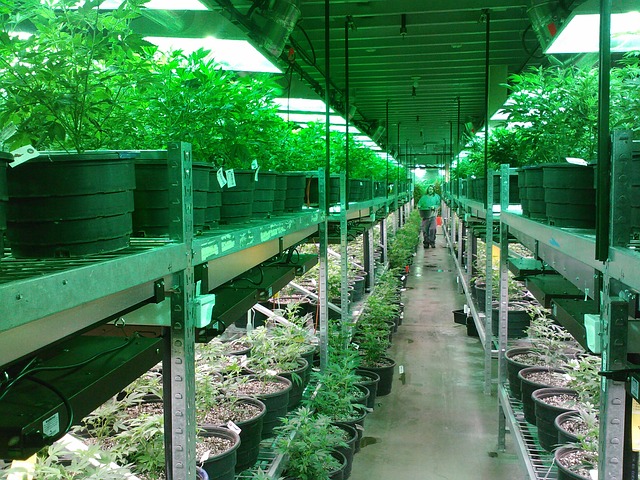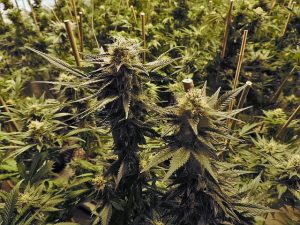Medical Cannabis In The U.S.
At this moment in th United States, there are 25 states (including Washington D.C.) that have legalized medical cannabis. That number is likely to grow as more and more states consider making changes to their marijuana laws. Even though it hasn’t been legalized in every state, there’s been enough medical cannabis activity to see what the medical marijuana landscape looks like for certain health conditions.
There have been a couple of important surveys this year that have shed light on how medical marijuana is is used by patients. The first survey was conducted by Hello MD and it was published in January. This particular one was sent to 17,000 medical marijuana patients, but only 1,400 of them responded.
The second survey was published more recently by Marijuana Business Daily. It used data from patients in states that publicly release this kind of data, such as Arizona, New Jersey and Oregon to name a few.
Using these surveys, here are the health conditions most frequently being treated with medical cannabis.
Top 10 Health Conditions Treated With Medical Cannabis
- Pain
- Anxiety and Stress
- Insomnia
- Depression
- Severe Nausea
- Migraines
- Arthritis
- Cancer
- PTSD
- Epilepsy
There are tons of other conditions that are being treated, that wasn’t included in the list. These include Multiple Sclerosis, Glaucoma and Parkinson’s disease.
Issues Facing Medical Cannabis Patients
The surveys highlight a broad range of health conditions currently being treated with cannabis. Despite all this, there are a few challenges facing the medical marijuana community.
The most obvious one is that medical cannabis isn’t legal in every state. It depends on where you live. This is a reason why waves of people are moving to states where they can get medical cannabis. A term “marijuana refugees” have surfaced and refer to individuals who travel to places in search of medical marijuana.
The other big issue is that not all health conditions can be treated with cannabis. Most states with medical marijuana programs have limited lists of conditions that qualify for it.If your illness isn’t on the list, you simply won’t be able to use it.
The good news is that a lot of states have started adding conditions to their list of illnesses. An example would be New Jersey which added PTSD to its list of qualifying conditions during last month.
The fact, however, remains that most medical marijuana states haven’t made cannabis accessible to any and all health conditions. This limits the degree to which people can use cannabis for medical reasons.
Beyond all that, there are also restrictions that can make it challenging for researchers to study medical cannabis. And some states only let patients use particular types of medical cannabis products. In New York, for example, patients are not allowed to use smokable marijuana, and they can only get certain types of extracts.
The Point
As these patient surveys revealed, medical cannabis is currently being used to treat a wide raange of health conditions. There are still legal challenges if medical cannabis usage is to become more widespread.


